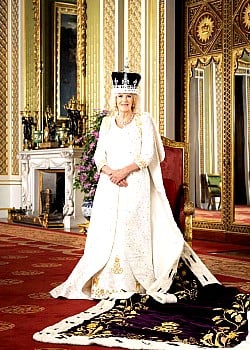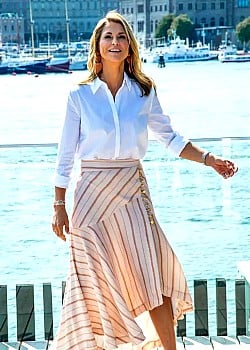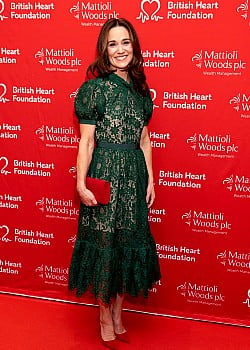About Queen Elizabeth II
Elizabeth II (Elizabeth Alexandra Mary Windsor) was Queen of the United Kingdom and other Commonwealth realms from 6 February 1952 until her death in 2022. She was queen regnant of 32 sovereign states over the course of her lifetime and remained the monarch of 15 realms by the time of her death. Her reign of over 70 years is the longest of any British monarch, the longest of any female monarch, and the second longest verified reign of any monarch of a sovereign state in history.
Elizabeth was born in Mayfair, London, during the reign of her paternal grandfather, King George V. She was the first child of the Duke and Duchess of York (later King George VI and Queen Elizabeth The Queen Mother). Her father acceded to the throne in 1936 upon the abdication of his brother Edward VIII, making the ten-year-old Princess Elizabeth the heir presumptive. She was educated privately at home and began to undertake public duties during the Second World War, serving in the Auxiliary Territorial Service. In November 1947, she married Philip Mountbatten, a former prince of Greece and Denmark, and their marriage lasted 73 years until his death in 2021. They had four children: Charles, Anne, Andrew, and Edward.
When her father died in February 1952, Elizabeth—then 25 years old—became queen of seven independent Commonwealth countries: the United Kingdom, Canada, Australia, New Zealand, South Africa, Pakistan, and Ceylon (known today as Sri Lanka), as well as head of the Commonwealth. Elizabeth reigned as a constitutional monarch through major political changes such as the Troubles in Northern Ireland, devolution in the United Kingdom, the decolonisation of Africa, and the United Kingdom's accession to the European Communities, as well as its subsequent withdrawal. The number of her realms varied over time as territories gained independence and some realms became republics. As queen, Elizabeth was served by more than 170 prime ministers across her realms. Her many historic visits and meetings included state visits to China in 1986, to Russia in 1994, and to the Republic of Ireland in 2011, and meetings with five popes and fourteen US presidents.
Significant events included Elizabeth's coronation in 1953 and the celebrations of her Silver, Golden, Diamond, and Platinum jubilees in 1977, 2002, 2012, and 2022, respectively. Although she faced occasional republican sentiment and media criticism of her family—particularly after the breakdowns of her children's marriages, her annus horribilis in 1992, and the death in 1997 of her former daughter-in-law Diana—support for the monarchy in the United Kingdom remained consistently high throughout her lifetime, as did her personal popularity.
Elizabeth died at the age of 96 at Balmoral Castle, and was succeeded by her eldest son, Charles III. She was a member of the House of Windsor. She was the mother-in-law of the late Princess Diana (Diana Spencer), and was grandmother-in-law to both Catherine, Princess of Wales (Kate Middleton), and Meghan, Duchess of Sussex (Meghan Markle).






















